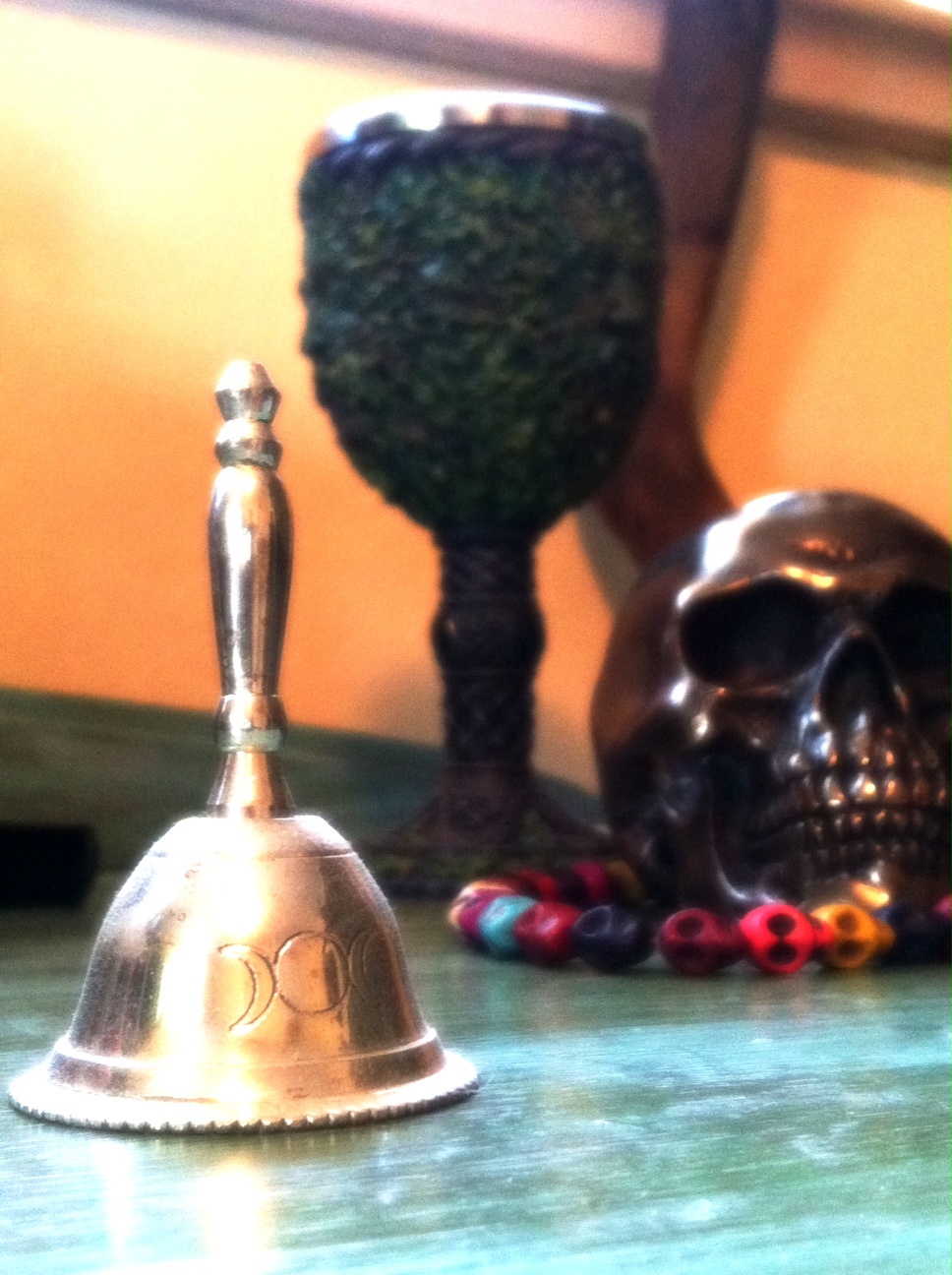Tag: kindred
-

Druid Rituals For Dummies
I’ve written a great deal about my daily practice on this blog. There have been periods of prolonged drought, periods of genuine doubt, and times when I felt like my daily practice was all that was keeping me invested in my Druidism. In my ADF Dedicant studies (which will be a central focus for me […]
-

Do Not Speak, and You Will Be Heard
Today I approached my altar in silence. Speaking the words out loud, my standard approach to a daily ritual, felt unnecessary. In my mind, in my heart, the words rang out with perfect clarity, and I trusted that whomever needed to hear them would. The effort I put into my daily practice waxes and wanes, […]
-
On Meditation and Devotion: Weeks 7, 8, and 9
I think it is time for me to return to the DP material and search out techniques to control my mind. It’s time to bring more mental discipline into my practice.
-
A Response to “Omens and Tarot”
This post is a response to the blog post “Omens and Tarot”, posted yesterday on Grey Wren’s Flight (http://greywren.wordpress.com)
-
My Portable Altar
I’m ok with taking a pause from academia. But, worship? Worship goes with.
-
On Meditation and Devotion: Weeks 1 through 3
Ideally, this series of posts, “On Meditation and Devotion” will come weekly, and serve to summarize the daily entries I keep in my hand-written journal.
-
Turning Over A Good Omen
I started a new creative project today. It’s one I’ve been preparing for since November of last year, and one that will influence much of what is to come throughout the rest of the Winter. It’s kind of a big deal. I decided that it would be right and good to make special requests to […]

